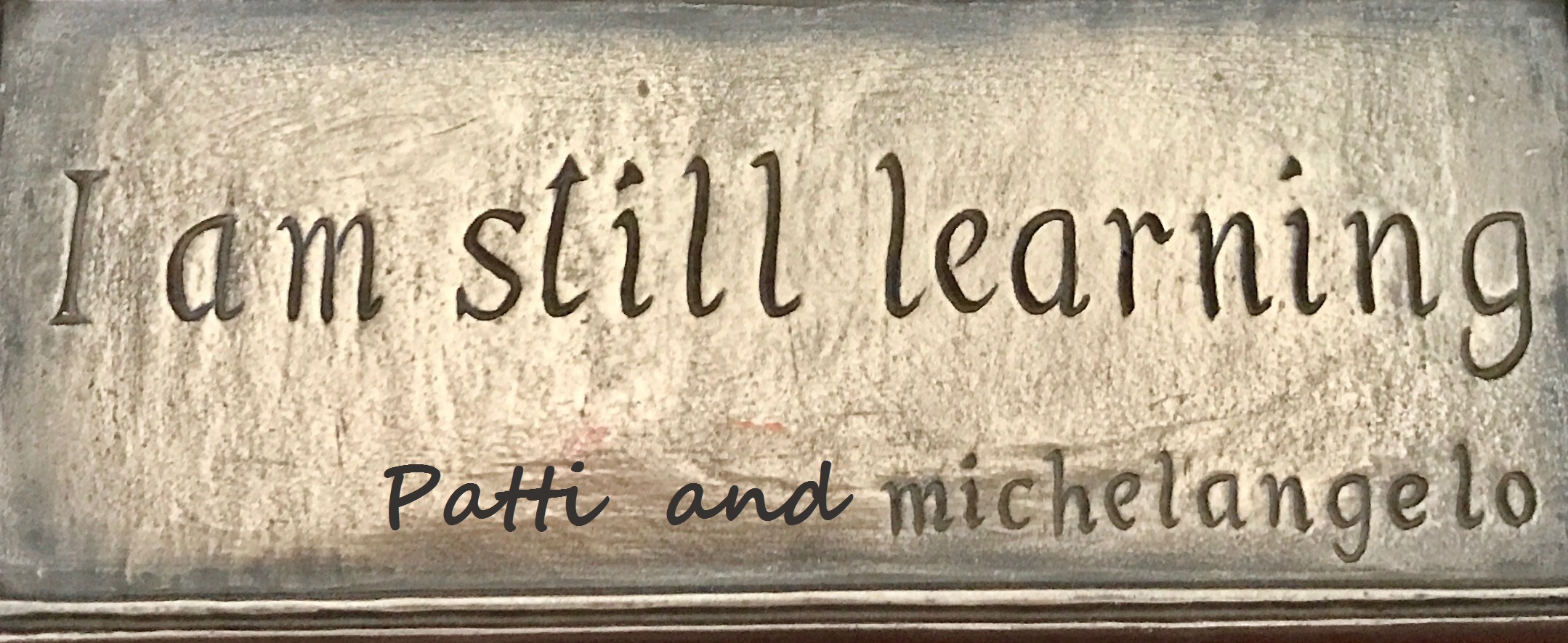Per usual, I’m auditing a Courseara course. This one is an entire series on Inspirational Leadership and this particular class is on coaching with compassion.
Richard E. Boyatzis is the teacher in the course, and he has studied the brain and the elastic receptivity to feedback a person has depending on what mindset they have entered into. Some of this is pretty logical, but because it’s backed by rigorous tests and I’ve just used it in a group setting to some pretty decent success, I wanted to share with you his findings.
Positive Emotional Attractors (PEA) are techniques and conversations that can help move people to more visionary states where they develop better habits or improve aspects of themselves, that actually lead to change and improvement. This is where coaching with compassion comes into play. The coach asks the person how they see themselves in the future, which can be near or long term. The coach asks them to describe themselves in that state to the greatest detail they can. The goal is to try to get them into the PEA and stay there while they are seeing themselves being their best self. The coach then asks the person how they can start getting themselves there. I envision a person mapping out a plan for themselves and the coach then asking them how they’d like to be held accountable.
This technique goes over much better than “lessons learned” conversations and “improvement plan” discussions. Talking about the past, as it relates to trying to correct to the future, only puts a person into the Negative Emotional Attractor (NEA) state. Boyatzis’s studies have shown that once people are in that state, they are no longer receptive to criticisms, plans, change-making, or anything constructive. They just shut down and have no desire to make changes. This leads to repetitive one on one sessions where the coach just keeps telling the person what they should be doing and how they ought to behave.
There are times when there has to be some constructive criticism by a coach. Boyatzis’s studies make it clear, though, that the PEA must be activated first and for an adequate amount of time for the person to be open and receptive to shoulds and oughts. They actually found that the PEA effect can actually be held inside a person for days later from a PEA experience.
I belong to a group of people who are trying to build something from scratch (this actually applies to a few groups in my life right now), and we were going to have a meeting where I was going to have to steer us to make some decisions based on some shoulds and oughts. Instead of starting the meeting with that, I celebrated that we have been doing this for a year to ask everyone in attendance where they thought we’d be in a year or two. How would we be interacting with each other? How would be we interacting with the institution? How did we see ourselves operating and collaborating? And so, then, what would it take to get us there?
With the warm fuzzies all around, I was then able to guide the conversation from how will we get there to the minutiae of the actual steps we should do now. Those conversations actually went really well and everyone was receptive to making some tough calls on how we should proceed.
I want to try to encourage everyone to try to coach and lead with compassion. Getting individuals or your whole team to root for a shared vision and holding them accountable for what they have agreed to set out to do is much more rewarding than trying to get people to change because you want them to.

1 thought on “Coaching With Positive Emotional Attractors”